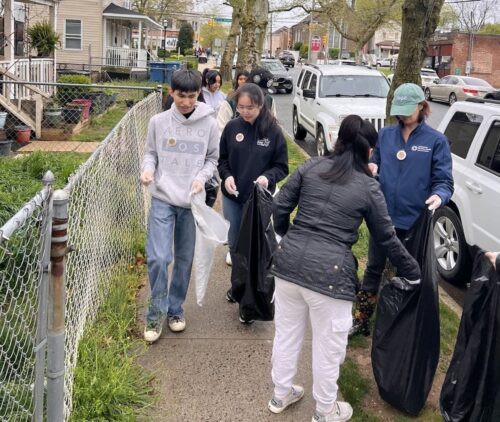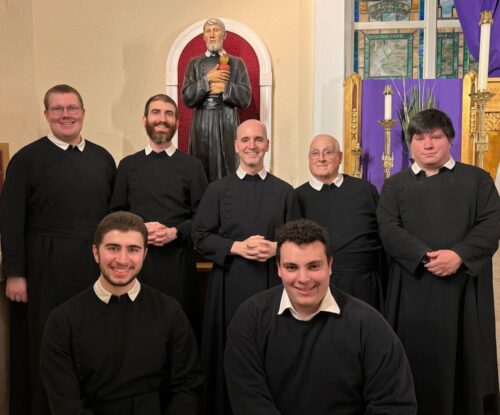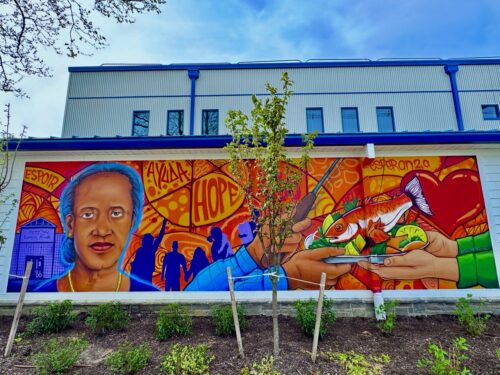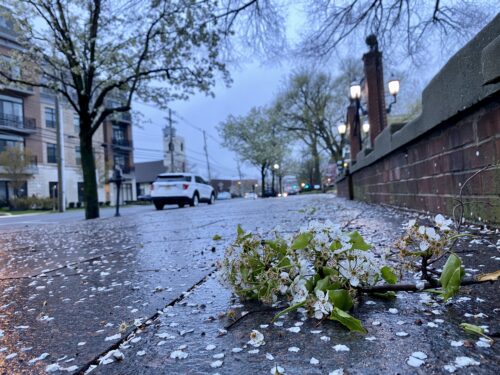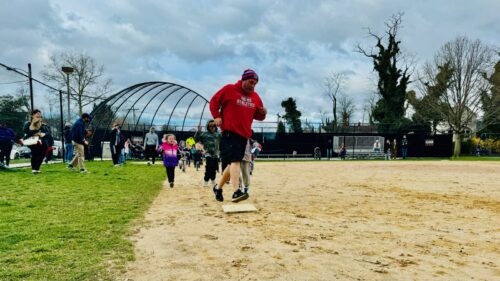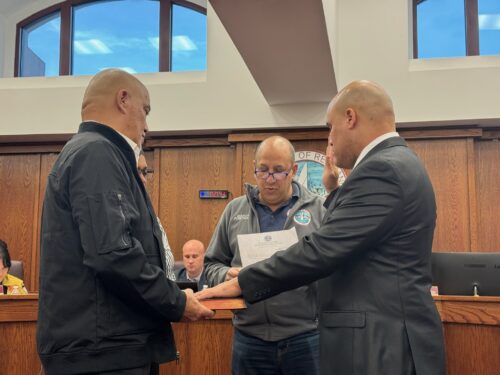
By JOHN T. WARD

With the tiny borough getting ready to celebrate the 90th anniversary of its incorporation in 2016, two avid amateur historians — Rick Geffken and Mayor Don Burden — last month debuted a new edition to the definitive history of the town, adding in information on the past half-century of rapid transformation.

Burden was a history major at Gettysburg College before going on to a a long career as a textbook editor and publisher at McGraw Hill — but not in the field of history, following company policy, which paired editors with subjects outside their area of expertise to minimize bias. He moved to Shrewsbury in 1976.
Geffken, a retired tech industry employee who lives in Farmingdale on property once owned by on colonial-era Governor Lewis Morris, joined the Shrewsbury Historical Society three years ago, shortly after hearing a lecture there on Morris.
Through the society, of which Burden is president, the two turned their attention to “The Story of Shrewsbury, 1664-1964,” by Richard J. Kraybill. The society had run out of inventory of the “little blue book,” and it was in need of updating anyway. So Burden and Geffken agreed to give it a freshening up — not by altering the 80-page original, but by appending 70 pages of new information to it.
Geffken notes, however, that the new edition is a “story,” not a “history,” and rather serving up the results of a deep-dive, it attempts to “sketch out how important this community has been to Monmouth County.”
And what is that “story?” It’s largely one of rapid commercial development.
“When [Kraybill’s] book was written, Shrewsbury was still an agricultural community,” said Burden. “There were still big horse farms. We didn’t have the Grove. We didn’t have the big supermarkets. We didn’t have Russo with his big office complexes. The nature of the town had changed, and we thought it was important to record that shift from agricultural community to industrial, commercial.”
With old estates having been broken up, and homebuilders Hovnanian and Toll Brothers now buying up property for infill project. “I thought, we’ve got to retain this history, get it recorded,” said Burden, during an interview with redbankgreen held in his office at the municipal complex.
The new edition includes 50 pages spotlighting the careers and contributions of 32 past and present borough residents, including archivist J. Louise Jost; attorney Florence Forgotson Adams; homebuilder Jim Curley; photographer Daniel Dorn Sr.; Esther Hymer, who was influential in the formation of the United Nations; and Japanese art importers Kashiro and Sydney Kodama, whose Sycamore Avenue estate, Sunnybank, is still marked by twin Japanese lanterns at the driveway.
Kraybill’s book ended with a forecast that “future generations will still see in Shrewsbury the many historic buildings that we cherish today, carefully preserved and maintained.” They’d also still get to “enjoy the semi-rural atmosphere of an uncrowded, unhurried community,” he wrote.
How’d he do as a forecaster? Pretty well, said Burden, who notes that amid heavy development along Newman Springs Road, Shrewsbury Avenue and Broad Street (state Highway 35), the residential areas have remained largely protected from the encroachment of commerce.
“The neighborhoods within that area have not been adversely impacted, which is kind of unique,” said Burden.
“The mayors over the last 50 years at the very least, including Don, have made a concerted effort to keep the balance of this town between the residential and the commercial aspects without overwhelming it,” said Geffken. Citing the Grove, which has stores on both sides of Broad Street, he said it “blends in well.”
And even today, “the history within 200 yards of here is just phenomenal,” Geffken said, referring to the Four Corners collection of historic at the intersection of Broad Street and Sycamore Avenue, which includes Christ Church and the circa 1710 Allen House, a onetime tavern.
The town has also taken steps to conserve open land and ties to the past. The Bonanno family horse farm on Sycamore Avenue — opposite the municipal complex and next door to the Allen House — was the subject of a 2010 conservation easement acquired by the borough in 2010 for $1.3 million. It ensures that, except for the three-acre portion on which the Bonanno family home sits, the 14.7-acre property will never be developed, said Burden.
The acquisition means that there will always be open space there, he said.
All of the research done for the book, including some oral histories, will be preserved by the historical society for access by future researchers, Geffken and Burden said.



